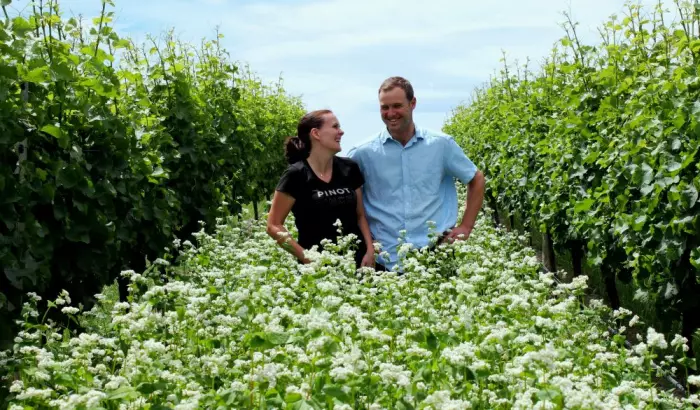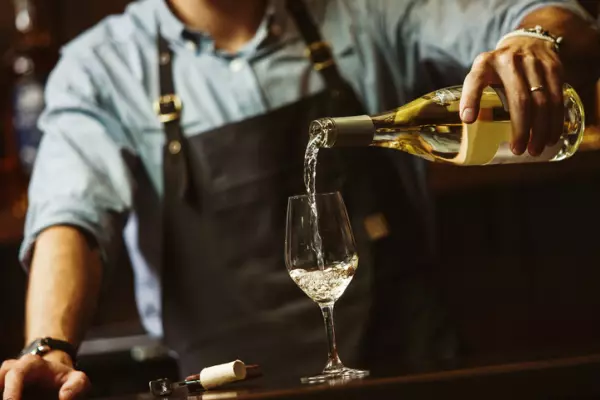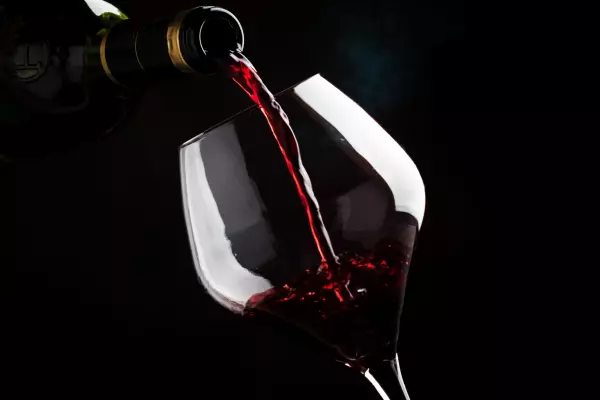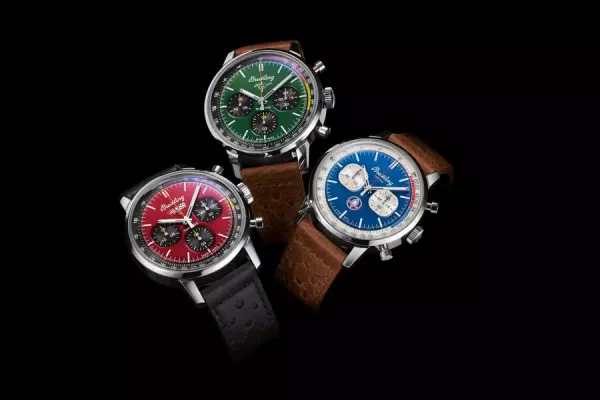An ancient winemaking practice appears to be making a comeback. I have tasted more “field blends” in the past couple of years than I did in the previous couple of decades.
A field blend is a wine made by harvesting two or more grape varieties at the same time and fermenting them together. The result is a totally unique wine that honours a centuries-old winemaking tradition.
Vineyards were once planted with a mix of grape varieties so the composition in the vineyard produced their target style. In the case of white grapes, winemakers might plant a little more riesling to give extra acidity or more pinot gris to add colour depth. A mix of grapes offered some protection against adverse weather such as frost, hail or rain. Early-ripening varieties might suffer, for example, while late-ripening varieties could emerge unscathed.
In some cases, there was a mix of vines because vine identification was less reliable. A winemaker might not even know the mix, let alone the names of the vines in the vineyard. I find that curiously comforting and a refreshing change from the “control freak” approach of many winemakers and viticulturists today.
I first encountered white wines made from a field blend while touring wineries near Vienna. A Viennese wine specialty is Wiener Gemischter Satz, a field blend using at least three grape varieties from a vineyard in the region. That made no sense at all, I thought at the time. It is unlikely that three different varieties would reach full physiological ripeness at the same time. Surely there was a risk that some varieties might be under-ripe and others over-ripe? The Wiener Gemischter Satz wines I tasted were delicious and distinctly different from wines made from a single variety that we tasted in comparison. I became an instant convert to field blends.
Alsace in north-east France was once famous for its edelzwicker (noble blending) until the late 1800s, when single-varietal wines leapt into favour. Several winemakers continue to make edelzwicker, including Marcel Deiss, who artfully combines delicious blends of pinot gris, muscat, pinot blanc, sylvaner and gewürztraminer.
My favourite New Zealand field blend is Te Whare Ra Toru, a field blend of gewürztraminer, riesling and pinot gris from Te Whare Ra’s own Marlborough vineyard. I asked co-owner/winemaker Anna Flowerday (pictured above with Jason Flowerday) how long they had been making a field blend and what prompted them to produce this little-known and adventurous wine style.
“We wanted to change people’s mindset about blended white wines,” she said. “The popular view is that they are like a sausage roll – a useful outlet for leftover bits and pieces and not serious wine at all. Our first vintage was in 2006, using a blend of riesling, pinot gris and gewürztraminer. We harvested them at roughly the same time and fermented them separately before blending them into the final wine.
“The next year, we got a bit more confident and adventurous. This time, we made half by picking the grapes at the same time and co-fermenting them, while the other half were fermented separately and blended as finished wine.
“Co-fermenting changed the wine completely. It was like alchemy. We massively preferred the co-fermented wine and have continued to co-ferment ever since.
“We love the wine and so do our customers. Their first reaction when they learn about it is, ‘That’s weird,’ but when they taste it, most people are hooked. Our Toru is now our second-biggest-selling wine after sauvignon blanc in all our export markets as well as domestically.”
Other New Zealand field blends are:
Round Theory 2020 White Field Blend, Marlborough, $19.95
Gladstone Vineyard 2019 340 Blanc, Wairarapa, $50
Churton 2020 Natural State Field Blend, Marlborough, $28
Lawson’s Dry Hills 2020 Ranu, Marlborough, $26.50
Bob’s Top Picks
Investment Wine

Destiny Bay 2019 Magna Praemia, Waiheke, $550
This flagship wine – 75% cabernet sauvignon, 14% merlot, 6% malbec, 3% cabernet franc, 2% petit verdot – has immense power and purity. Ripe cabernet characters including cassis, cedar/cigar box, and an intriguing slightly leafy, almost capsicum note. Very complex and obviously youthful but still a delight to taste. A very impressive red that should develop wonderfully with bottle age.
Weekend Wines
Top White

Te Whare Ra 2018 Toru, Marlborough, $28
A co-fermented blend of the aromatic varieties gewürztraminer, riesling and pinot gris. Soft, fresh and subtly sweet white wine that reflects the character of all three varieties, with a slightly dominant influence from gewürztraminer. Pure and gentle wine with a seductively silken texture.
Top Red

Smith & Sheth 2019 CRU Heretaunga Syrah, $40
Elegant rather than blockbuster syrah with cassis, dark berry, black-fleshed plum, wood smoke, and subtle spice flavours. Dense wine with underlying power and impressively layered flavours.
Read more from Bob at therealreview.com












